Year 7 English Content Descriptions - Literature
Literature and contexts
Identify and explore ideas, perspectives, characters, events and/or issues in literary texts drawn from historical, social and/or cultural contexts by Aboriginal and Torres Strait Islander, wide-ranging Australian and world authors and creators
WA7ELICO1
For example:
- investigating different perspectives about the Australian landscape (e.g. the bush, city, sea) in a range of poems
Engaging with and responding to literature
Form an opinion about characters, settings and events in texts, identifying areas of agreement and difference with others’ opinions and justifying a response
WA7ELIEN1
For example:
- participating in a class discussion about a favourite character or event from a novel
Explain the ways that literary devices and language features, such as dialogue, and visual and audio features are used to create character, and to influence emotions and opinions in different types of texts
WA7ELIEN2
For example:
- identifying how the protagonist or antagonist in a film is constructed through visual and audio features, such as dialogue, music, costuming, lighting, framing, camera angles and camera movement
- comparing the representations of the same character in a comic book and a film, and exploring how they prompt similar or different responses
Discuss the aesthetic and social value of literary texts using relevant and appropriate metalanguage
WA7ELIEN3
For example:
- exploring how fairytales or fables convey important social values
- examining how the covers of different picture books are visually appealing
Examining literature
Identify and explain the ways that characters, settings and events combine to create meaning in narratives
WA7ELIEX1
For example:
- exploring traditional stories from Asia and discussing their features, such as use of the oral mode or visual elements to convey the narrative
Identify and explain how literary devices create layers of meaning in texts, including poetry
WA7ELIEX2
For example:
- discussing the layers of meaning created by imagery in poems and songs by Aboriginal and Torres Strait Islander authors
- using metalanguage, such as simile, metaphor, onomatopoeia and alliteration to explain how the use of figurative language and sound devices in poetry creates layers of meaning
Creating literature
Create and edit literary texts that experiment with language features and literary devices encountered in texts
WA7ELICR1
For example:
- developing a prequel or sequel using an imagined series of life events of a character presented in a scripted monologue
- experimenting with different narrative structures, such as the epistolary form, flashback and multiple narrators
